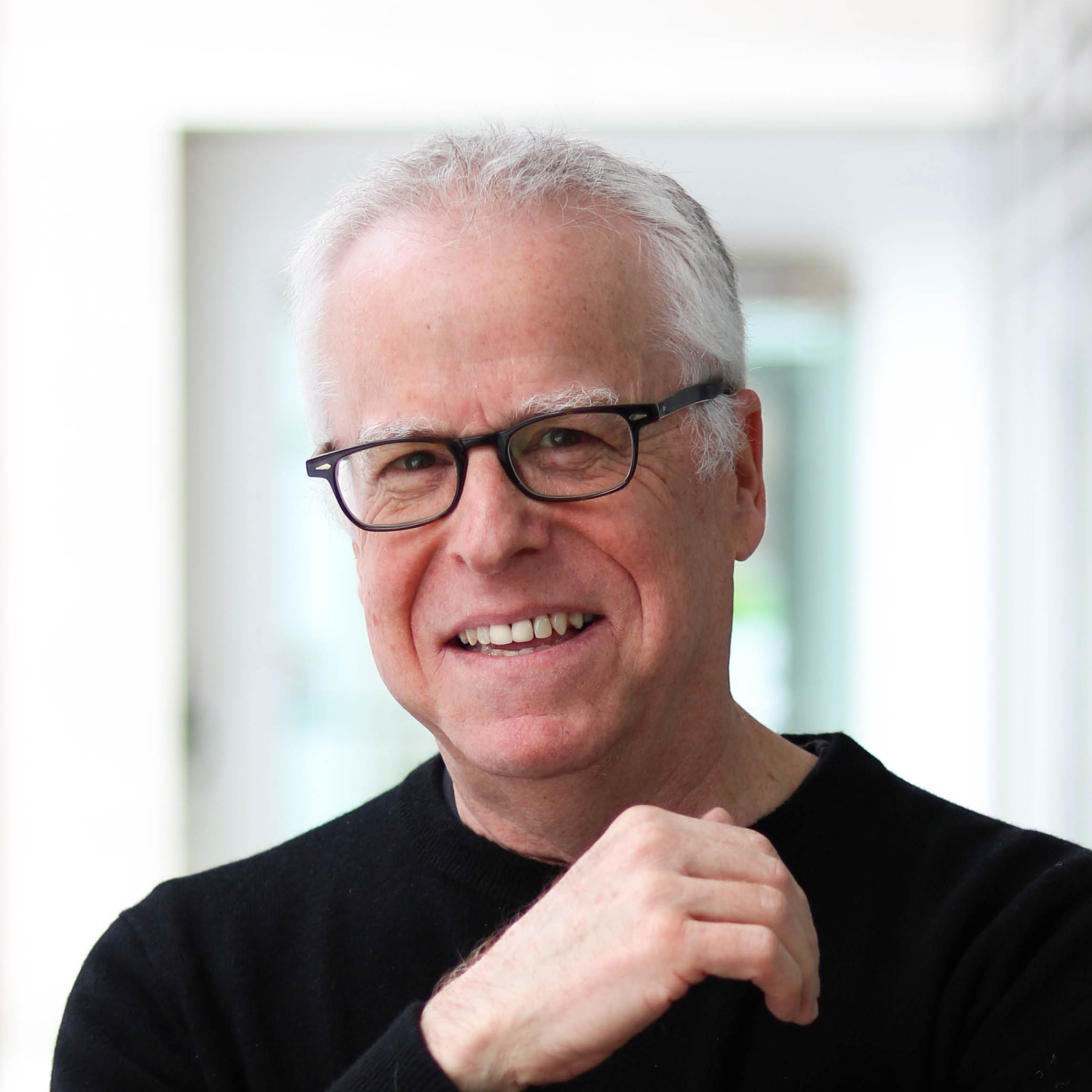Of the myriad crises threatening journalism — and therefore democracy — one challenge is almost invisible. For a host of reasons, journalists today understand less of the truth about the people they’re covering.
No doubt some will vehemently disagree. But it’s a subtle and important shift that alters the public’s knowledge of events. A little history will help me explain.
In 1989, while a press critic at the Los Angeles Times, I got a call from our Miami correspondent, Barry Bearak. One of the paper’s great talents, Bearak was often the writer of choice for complex and tragic breaking news events, such as plane crashes, the kind of stories that required an analytical mind and a poet’s touch.
“We’ve crossed some kind of border,” Bearak said. He was at the scene of a plane crash, and there were so many news outlets there, he said, he could no longer get near the story he was covering. Reporters were being kept behind ropes. They were forbidden from talking to anyone without a press aide present. Most communication occurred in press conferences. “Up till now,” he said, “I used to be able to walk the crash site with NTSB investigators.” But here even people he knew and trusted him wouldn’t speak to him. The result, he worried, was his stories were shallower and less accurate as a result.
[the_ad id=“667826”]
Bearak was witnessing a tipping point the relationship between journalists and sources that would accelerate in the digital age. TV news had recently acquired epochal new technology — mobile satellite trucks and light video cameras — which allowed TV to be “live” from anywhere, technology that helped usher in Reagan’s TV presidency. Now, amid slipping ratings, local news stations were discovering they could “parachute” into any story anywhere and make it live, local and late-breaking. Gulf War One, featuring local news standups from Kuwait, was a year away. The O.J. trial was six.
Yet more outlets and reporters on the same story, it turned out, didn’t equal more public knowledge or understanding. Part of the controls being imposed by newsmakers to keep reporters at a distance was a logistical necessity. Officials worried that the influx of hundreds of new journalists and camera crews could literally trample the scene of a crime or an accident.
And some unwitting journalists also brought the controls on themselves. Many parachuting in had little grounding in the kinds of stories they were covering. When more experienced reporters with better sources broke stories, some of the parachutists complained to officials about uneven access, worried their bosses would be angry when they were scooped. It became easier for public relations people to regress to the mean — to make sure all reporters got the same information, banning government officials from talking even to those reporters they knew and trusted. All information was increasingly controlled.
More outlets covering the news had the ironic effect of shifting power away from journalists toward newsmakers. It was simple economic theory at work: More outlets competing for stories made it “a sellers’ market” for information. Sources, rather than journalists, were more able to dictate the terms of the sale, cherry-picking friendly outlets and angles (Trump and his Fox and friends).
A second epochal change compounded the growing number of outlets: speed. No longer just the province of cable and local TV news, live and late-breaking became part of everyone’s business model. And that further shifted the relationship between journalists and sources. Reporters, working in diminished newsrooms, trying to produce across multiple platforms in real time, had less time to carefully develop sources. Technology also fed that, encouraging less face-to-face time. Journalists could assemble stories from official quotes that arrived digitally into their in-baskets. Email sources questions. File without picking up the phone or leaving the office.
The literature of press management talks about the Constituent vs. Conduit Model of media. The Constituent Model involves news sources convincing reporters of the merits of their arguments. The Conduit Model involves news sources treating journalists as technology or conduit through which messages are delivered. Good communications strategists do a little of both.
[the_ad id=“667872″]
But the technology that has democratized media has also pushed us toward the Conduit Model, in which reporters are managed and controlled, not persuaded. All this plays out in ways we now take for granted. Sports leagues control the video and produce their own content. Athletes restrict their comments to scrums and press conferences and learn to say as little as possible. So do politicians and corporations.
The same web tools that democratized communication also gave newsmakers more ways to deliver messages without journalists involved much at all. Barack Obama had his YouTube crew. Donald Trump has done away with the White House even holding press briefings to explain what he’s doing. Twitter is his primary form of official communication.
The press is no longer a gatekeeper over what the public knows — the classic definition of the media. It is now instead often an annotator of what the public has already heard.
This annotator’s role is powerful and important. It forces journalists to away from being gullible stenographers and emphasizes verification and proof. Trump in many ways, ironically, has made the press more disciplined, more careful and more transparent. I love stories that note the reporting is based on interviews with 27 officials in the West Wing speaking anonymously.
There are, still, startling examples today of reporters getting close to sources and providing deep insight that goes behind the public story. Consider Vice News correspondent Elle Reeve’s documentary on neo-Nazis in Charlottesville, Virginia, as illuminating a piece of filmmaking as anything in the journalism canon.
[the_ad id=“667878”]
News reporting is stronger in other ways, too. We have infinitely more storytelling tools today, and the news is often more accurate because we have the ability to assemble more data. Journalism has become more empirical and less anecdotal. Reporting can also be done more openly, with the public part of the process. Reporters like David Farenholdt at The Washington Post use technologies such as Twitter to ask the public for information and expertise, making their work more bulletproof and transparent.
But it is important to note what has changed and been lost — and it is more than the ability to gather the public in one place with a common set of facts. The ability of journalists to know the people they cover close up, to walk the crash site, or get human insight into the people in power in most cases is substantially reduced. The press is more conduit now than constituent — or public surrogate. And while there are fewer journalists in America overall, more of them are swarming over a smaller range of stories, which means, too often, they tend to be the stories where newsmakers exercise the most control and journalists are kept more at a distance.
This lack of understanding of the motivations and hearts of the people in the news is part of what polarizes us. The people we dislike seem inexplicable. And the changes in the way technology has changed journalism are part of why it feels that way.
Tom Rosenstiel is a journalist, press critic, and novelist. His newest novel, Oppo (from Ecco Harper Collins 2019), is about the rise of opposition research and a presidential election. He is executive director of the American Press Institute. To reach him, please email news@poynter.org find him on Twitter: @tomrosenstiel.







